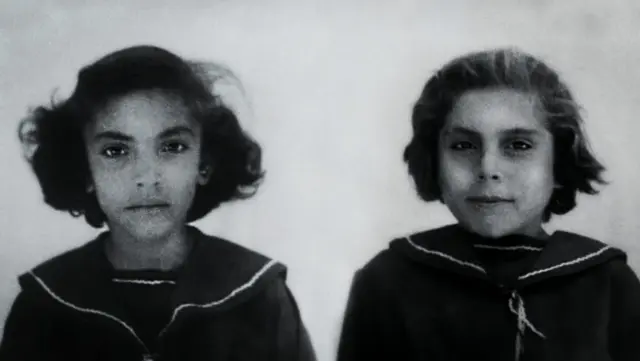
Deir Yassin, a quiet stone village outside Al-Quds (Jerusalem), stood at the crossroads of great history. The hilly terrain bloomed with fragrant smell of morning dew and wildflowers, and a chilly breeze swept the April night. A little boy stood at the roof of his home, before the break of dawn. Around him, the rocky terrain hummed in a numinous glow, the everlasting aura of great Prophets like Suleiman, Isa, and Muhammad (PBUH) as his Mama had told him.
The boy looked at the streets below. White flags fluttered from the stone-homes and village poles. The village elders had promised the Zionists that they would not let Arab fighters into the village, so they had entered an agreement of peace, a promise they never broke. These were dangerous times. A civil war was raging, but the boy never really cared about that. His little sister was falling sicker by the day and travelling to Al-Quds was dangerous.
The boy loved his sister very much, and would do anything to save her.
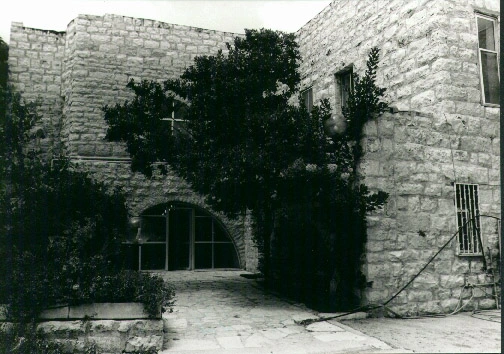
Farther in the dark horizon, a truck shone its lights into the village. A man with a scary voice yelled into a megaphone, but the boy wasn’t sure if the sleeping villagers even heard him. And then all hell broke loose, smoke and gunshots swept the village as the boy ducked behind a stone parapet. He peeked up to see shadows of armed men enter the village from both the north and south.
The villagers, the people he’d see in the streets everyday, selling meat and clothes to travellers, rose to defend themselves from the armed assailants. No one knew what was happening, or who was attacking them. The terrorists shot the villagers with rifles and machine-guns, even the ones who pleaded to surrender, who begged for mercy. The boy’s legs trembled at seeing the terrorists lob grenades into the open windows of homes.
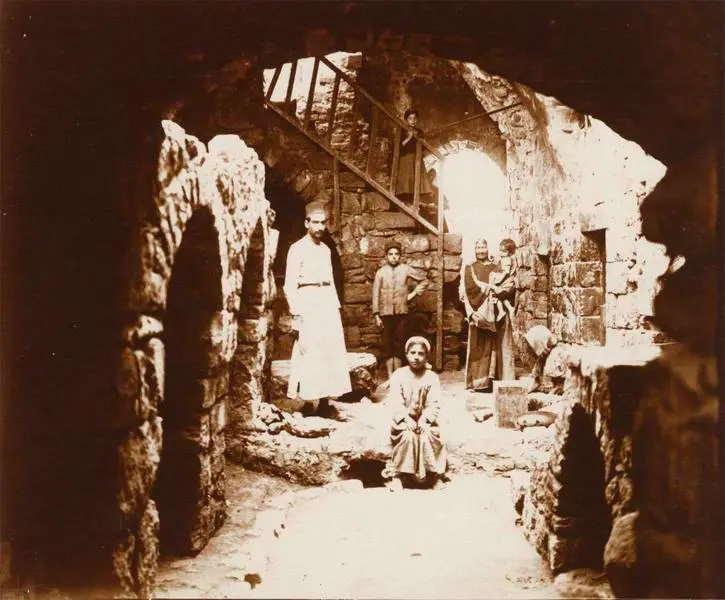
Each horrific explosion brought with it blood-curdling screams of women being mangled by shrapnel, of little babies crying for the comfort of their mothers. Street by street, home by home, the terrorists murdered the shaken and confused. Even more trucks arrived from the distance, of the Israeli Haganah, helping replenish the terrorists’ stocks of grenades and bullets. Some of the village-men managed to injure and kill some of the terrorists, and the boy seized the chance to run downstairs, where he’d pick up his sister and make a break for it.
Shaken by fear, his foot slipped on the stone-stairs and he crashed onto the dusty floor. His brain jolted to see his scared mother smothering his baby sister into an eternal slumber. Before the boy could stand back up, a stone-like object crashed into his home from an open window. And that was when the world blackened.
And then he woke up to nasty screams of women and laughing men. He was no longer on the dusty floor, but on warm, gooey bodies chained upon a moving truck. The villagers, the friends he knew and played with, were being paraded across the streets of West Al-Quds. He whimpered inconsolably, along with the other terrified village boys and girls he’d grown up with, hearing the bloodied village adults try to assure them that it’ll all be okay, and to close their eyes.
The Zionists spat on them, threw stones, and jeered at their mockery. For what felt like an eternity, the world seemed to laugh at their helplessness. At their chains, at their weakness, at their inferiority.
The truck drove them all back to Deir Yassin, and the boy’s knees froze to see the corpses of his friends being burnt. The terrorists were breaking into homes and pillaging the late villagers’ jewellery and possessions. The surviving villagers, women and children, were being enslaved and taken away by strange men. The boy frantically craned his neck to see any signs of his sister.
She hadn’t learn to crawl yet, so maybe one of the attackers would bring her to his laps. He’d keep her protected here, forever. And as the afternoon sun started burning his eyes, the terrorists shot him point-blank in the head. The little boy’s fingers twitched one last time, a faint cry of a soul that yearned to know what its crime even was.
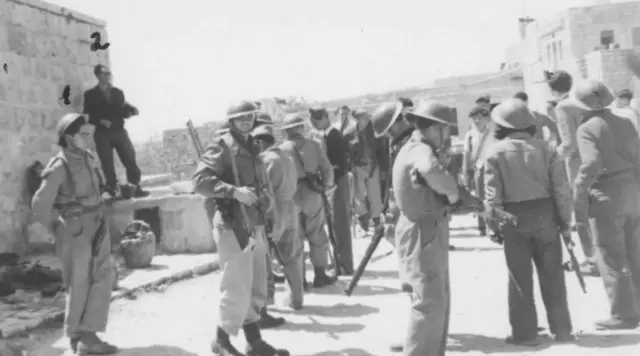
Even before the boy’s soul had departed the body, and before his little heart had lost its warmth of beating for seven years, the Zionists collectively decided that this Massacre had never happened. For you see, Oceania had always been at war with Eastasia.
The only fiction in this blog has been the story of the boy and his sister. The rest of it was executed on 9th April 1948, wholesale culling of 107+ men, women, and children, by Zionist terror groups including the Irgun Z’vai Leumi (IZL), Lohamei Herut Yisrael (LHI), and Yishuv. And they have been trying to downplay and outright deny this massacre ever since, like their other atrocities.
What is this Zionist Revisionism & Denial?
In 2021, a new book ‘The Massacre That Never Was’ by Eliezer was published by ‘Toby Press’, a Zionist publishing house in Connecticut (United States). Despite its supposed foundation as a “scholarly treatment” to the massacre, and despite blessings of the pro-Zionist ASMEA learned society, it was not published under a traditional academic house that scholarly works typically publish in (no peer reviews; thus take of the book’s credibility as you will).
Reviews of the book were sparse, most of which were songs of praise and glory masquerading as ‘critical’ reviews (if heaping only praise was critical). But I think this book was published by design (a conspiracy?), following a trend that I will explore first, in a chronological order.
While there exists a healthy range of Arabian testimonies and literature on the Deir Yassen massacre (to compare the revisionism), I’m not going to use them. For you see, the Zionists have been digging themselves deeper and deeper into a hole of their own desperation. I will compare only the Zionist side of the literature. I’m also not going to use a very incriminatory letter found in Al-Quds and preserved by the Society for the Preservation of Israel Heritage Sites.
Zionist Revisionism of 1969
At command of the Mi5-designated terrorist, Menachem Begin, the Israeli Foreign Ministry in 1969 (in portfolio of the Mapai, a left-wing party that opposed Begin’s right-wing Herut party) began printing an interesting document titled “Background Notes on Current Themes: Deir Yassin.” It was published in March, right before the annual Arabian commemoration of the Deir Yassin Massacre.
The document (now rescinded) claimed that no massacre had taken place at all, and that the Arabs had been using Adolf Hitler’s ‘Big Lie’ technique to deflect attention from Arabian atrocities, such as when 41 Jewish workers were killed by Arabs at the Haifa Oil Refinery on 30th December 1947, and the slaughter of 30 Jewish medical personnel at Mount Scopus in Al-Quds on 13th April 1948 (after the Deir Yassin massacre, mind you). The Israeli Foreign Ministry paper called the myth “a package of fairy tales” whose purpose was to raise a generation of Arab children as terrorists to murder the Israeli Jews.
The paper claimed that a fight had indeed happened (but grenades were lobbed only into hotly-defended homes). The Irgun and Stern gang militia, when passing through the Deir Yassin, were mercilessly surprise attacked by Iraqi and Arab irregulars (but somehow how Zionists had the foresight to use megaphones to warn noncombatants before entering the village).
… those who remained were killed unavoidably and unintentionally… This was no massacre of an unarmed, peaceful village population… there was no aftermath of outrage or brutal excess.
Israeli Foreign Ministry, 1969
This propaganda and white-washing paper (that hid the well-known role of the Haganah in the battle) had its role in unleashing the Zionist “journalism” war machine in the world, like it had to undermine the King David Hotel bombing. This created some remarkable pieces of journalism-cum-propaganda like Joseph Schechtman (1969), “The Truth About Dir Yassin.” This paper was based mostly on the Ministry’s propaganda piece, but interestingly, added to the Zionist’s infighting as it blamed the Haganah and Jewish Agency of supporting the Arabian propaganda against the “victimised” Irgun-Lehi terrorists.
Menachem Begin, in 1971, published an article in Israel’s daily Ma’ariv after visiting the United States, where he’d been asked by students in New Jersey of what happened in Deir Yassin.
I told them the facts: About the fortified hotbed of rioters/lawbreakers ( por’im) . . . about the [IZL-LHI] fighters who gave up the element of surprise and over a megaphone called on inhabitants, before the battle, to leave their homes . . . about the difficult fighting from stone house to stone house, in which about half the [Jewish] fighters were hit; about the lack of choice in throwing grenades into houses … about the civilian losses caused in this fighting; about the deep regret we expressed immediately after we learned of these casualties.
Menachem Begin to Ma’ariv Daily, January 1971
Seeing the positive effects of the Ministry paper and his own article in the newspapers take fold in revising the narrative of the Deir Yassin massacre, Menachem Begin instructed the Herut Party to translate the original Ministry paper into Hebrew (priorly only published in English). This was the starting point where major cracks appeared in Zionist revisionism.
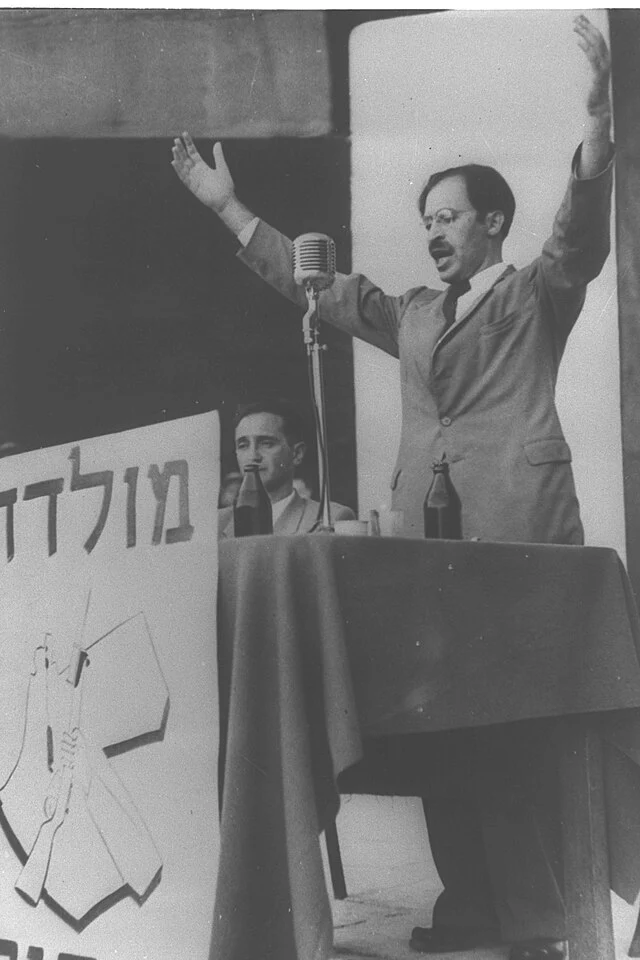
The former head of Haganah’s Illegal Immigration Agency (which would go on to form the Mossad), Shaul Avigur, complained about the inaccuracies of the Ministry’s 1969 paper to the Israeli Foreign Ministry Director General Gideon Rafael. Avigur’s complaint was that the ministry paper had washed away all massacres of the Zionist paramilitaries in Deir Yassin. Rafael’s (or the Ministry’s) response was that the original 1969 paper was written only to counter the “often successful” Arab propaganda, where they had:
increased their use of the Deir Yassin “card” and have caused us substantial damage. We therefore found it necessary to publish the paper which should not be seen as a historical [sic, historiographic?] document but merely as a means to blunt the Arab propaganda assault in this matter.
While our intention and desire is to maintain accuracy in our information [efforts], we sometimes are forced to deviate from this principle when we have no choice or alternative means to rebuff a propaganda assault or Arab psychological warfare.
Israeli Foreign Ministry, Gideon Rafael, 1971
Avigur, in response to the Ministry’s withdrawal that the 1969 revisionism was indeed a Propaganda piece, brought as an expert witness the Israeli Haganah’s official historian, Yehuda Slutzky (editor-in-chief of Sefer told ha-Haganah) who pointed that unlike the 1969 allegations that Arabian attacks on Haifa Oil Refinery and Mount Scopus were unprovoked, it was revealed that both were retaliatory to attacks of Irgun men who threw grenades outside the refinery (Haifa) and Mount Scopus (the Deir Yassin massacre itself). Haganah also disassociated itself from Irgun and Menachem’s claims that Deir Yassin hosted Iraqi irregulars (Begin’s stance for attacking), and conceded that a Massacre had indeed happened, based on testimony of a Haganah intelligence officer Meir Pa’il, who produced a “shocking testimony” after visiting Deir Yassin shortly after the attack.
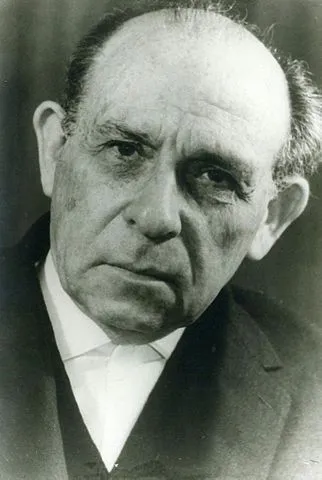
What’s interesting to note between this Zionist infighting is that the Haganah and Jewish Agency distanced itself from Menachem Begin. The Mapai party was unhappy that their own Foreign Ministry had been helping their main opposition, the Herut Party, whom their leader Ben-Gurion was often seen and heard ostracising.
This wasn’t the end of Israel’s own correction of its revisionism. Another officer, then-head of the Haganah Intelligence Service in 1948 (which morphed into Israel’s modern-day army), Col. Yitzhak Levy, forwarded a letter in response to Begin’s writing in his Ma’ariv article.
[Your] description [of what happened] is untrue . . . It is possible the IZL men [on the spot] gave you a false report . . . But if you know the truth, and are saying and writing these things deliberately, then this is very grave, because it harms the most sacred part of the soul of our people.
Col. (Res.) Yitzhak Levy, Head Haganah Intelligence Service (HIS) in 1948
Levy, as an HIS officer, wrote that Deir Yassin had indeed signed a peace agreement. He rejected Begin’s claims that Deir Yassin was a fortified “hotbed” of resistance, and that fighting had not gone from house to house (instead it was limited to two sites). He also rejected Begin’s insistent claim that the Arabs had killed ‘half’ of his attacking force, instead placing the IZL-LHI death toll at 4 killed and 10 wounded. Levy admitted that parading of the Deir Yassin villagers had indeed happened.
With the conquest of the village men, women and children were loaded onto trucks and driven through the streets of Jerusalem. Afterwards, most of them were returned to the village and shot with rifles and machine guns.
Col. (Res.) Yitzhak Levy, Head Haganah Intelligence Service (HIS) in 1948
Levy argued that his version of the events were the truth, but raising this issue to the public was “foolish” because…
… it would be exploited by our [Arab] enemies. But from here to [telling] an untrue story to our countrymen, as if no clear war crime had been committed, the distance is very great.
On behalf of the truth and the purity of arms of the Jewish soldier in the War of Independence, I see it as my duty to warn you against continuing to spread this untrue version about what happened in Deir Yassin to the Israeli public. Otherwise there will be no avoiding raising the matter publicly and you will be responsible.
Col. (Res.) Yitzhak Levy, Head Haganah Intelligence Service (HIS) in 1948
Levy lamented the use of official Foreign Ministry resources to create material for foreign consumption, “to distort the facts and rewrite history”, as unfair. In response to these mounting complaints, the Israeli Foreign Ministry decided to shelf the paper and stop its distribution.
When informed about the Ministry’s decision to retract the 1969 paper from circulation, Menachem Begin quoted the original propaganda piece to be “a fundamental research” that was written “for distribution, not concealment.” He stressed the same details again, the use of white flags (this is important for the 1998 revisionism), megaphone warnings, house-to-house fighting, and the presence of Syrian and Iraqi irregulars. This was shared in an article to the Ma’ariv daily on 23 April, 1971. Curiously, this was one of the few issues that are no longer available on the Ma’ariv digital (public) archives. The Herut party was tasked with continued distribution of the 1969 paper in Hebrew, despite its admission as a tool of propaganda and lies.
These are many of the testimonies and statements in official Israeli Defence Force archives on Deir Yassin that are now closed to the public. Archives that were only opened for select Israeli academics, who have produced some very fruitful work from them, as well as revisionism.
Zionist Revisionism of 1998
Fifty years after the massacre, the Zionist Organisation of America, under its president Morton Klein, published a fiery rebuttal of everything that was covered in official documents of 1948, the Israeli Foreign Ministry of 1969, and the plethora of other evidence collected by both Israeli and Arabian scholarly sources. This was “Deir Yassin: A History of Lies”. A self-aware, shameless rewriting of history itself, where Klein even cancelled and declared ‘lies’ the speeches and interviews of Menachem Begin (no white flags were raised).
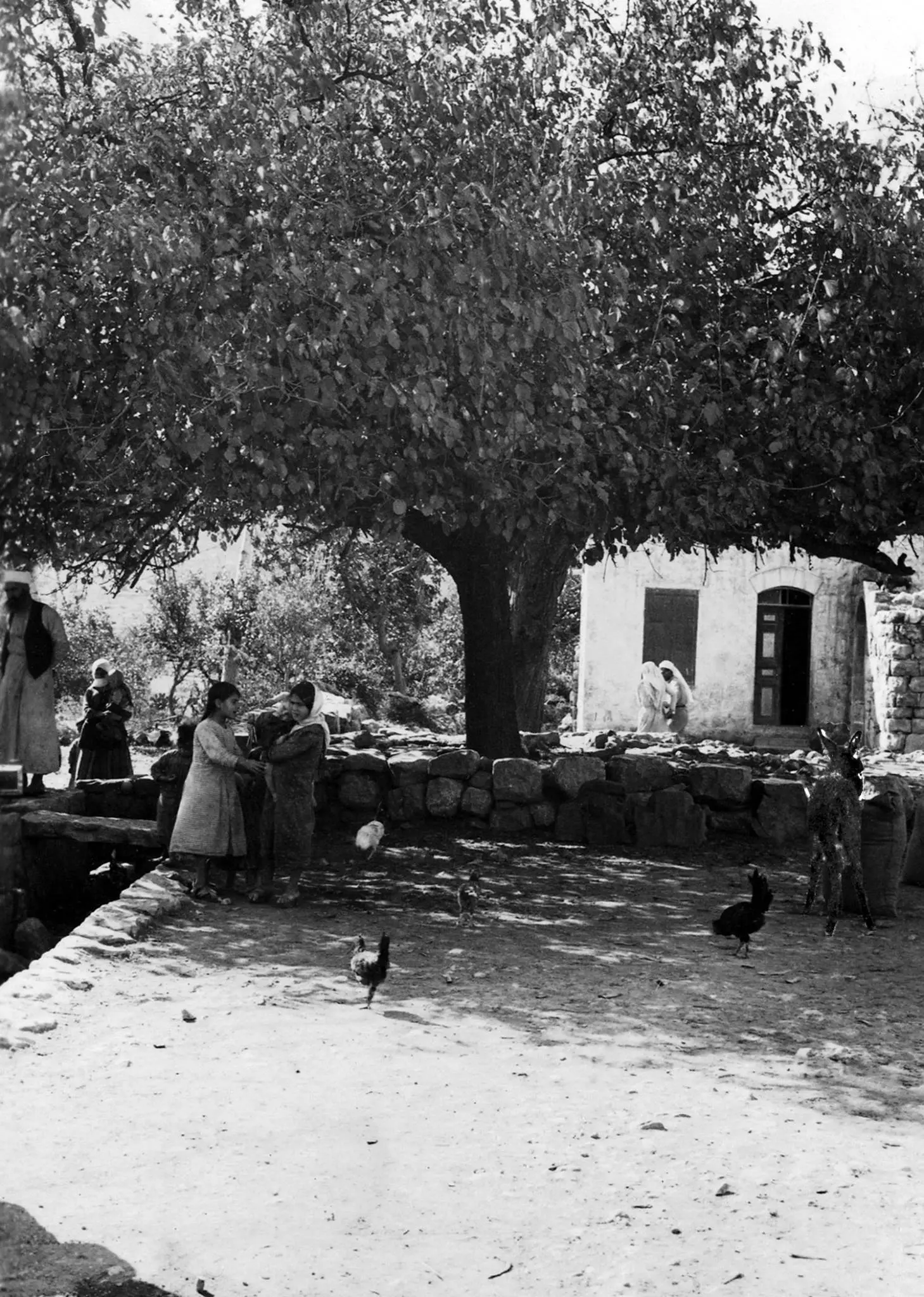
In Klein’s fairy-tale reliving of the massacre, the Arabs stood on a fortified castle that began firing on a truck that was ‘armed’ with only a loudspeaker. There were no white flags hanging on the village homes and entrance. None of the victims were paraded through Al-Quds (Jerusalem). Grenades were only lobbed into fortified military-grade homes, so Arab men began fleeing in women’s clothes. No corpses were burnt, and no homes were looted and pillaged. And the United Nations and Red Cross had all lied in their reports. And of course, Klein reiterated the deep role of Haganah in the ‘massacre’ which had distanced itself from the affair in 1971.
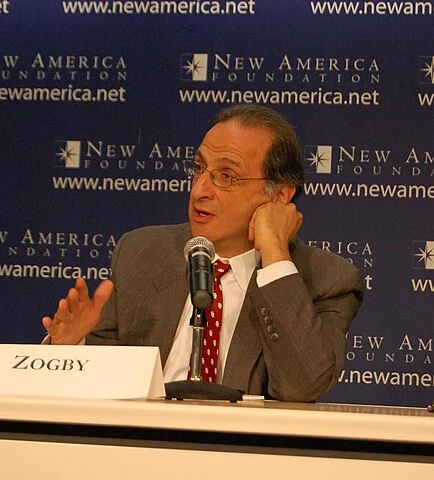
It is a (often funny) piece of drabble and lies, so we will not waste too much time on it. A renowned Arab-American academic, James Zoghby (DNC; appointed by President Obama to USCIRF), compared Klein’s methods as similar to Holocaust deniers, whose writing reduced the massacre to a ‘minor necessary skirmish.’ Zogbhy asserted that Deir Yassin revisionism was a larger part of Zionist trend to change votes, voices, and beliefs by intimidation. He recalled hosting a television show “A Capital View” where survivors of the massacre shared their testimonies.
One caller had been a young girl at the time of the massacre. She described in harrowing detail what she saw and survived. Her grandmother, uncle and two-and-a-half-year-old brother killed– the rest of her family was forced to flee. Another, a male nurse, recalled seeing survivors, prisoners of war, paraded through Jewish neighborhoods in Jerusalem. Still another reported how these same prisoners were taken to a quarry outside of the village and shot in cold blood.
James Zhogby, host “A Capital View”
Zionist Revisionism of 2009
An even-shorter attempt at revisionism was made in 2009 by a Zionist scholar, Thomas D. Ice, this time in response to Christian Palestinianism. A book “The Apocalypse Code” that presented a Christian view to the Palestinian issue. Thomas, who calls for Christians to support Zionist Israel in his writings, presented an unfiltered regurgitation of Klein’s arguments as ‘evidence’ to claim that there was no massacre at all.
In this version, the Arabs feigned surrender and shot at the Zionist paramilitaries, men fled in women’s dresses who produced pistols and shot the Zionist officers upon checking, no one was paraded, no corpses were burnt, and no homes were looted, despite the overwhelming existing evidence from both Israeli and Arabian sources.
Zionist Revisionism of 2021
Unlike the preceding Zionist attempts to discredit (1969, 2009) and outright deny (1998) the Deir Yassin massacre, Eliezer Tauber’s dedication to review the atrocities that were committed are commendable. However, the ‘twist’ (either intended or unintended) of this new publication is to pivot the Zionist argument from ‘it never happened’ to ‘it happened but it’s OK because the Arabs also had guns.’
As if self-defence principles have not been explored in the Holy Torah (Bereshit/Genesis 32:3-14; Shemot/Exodus 22:1-2; Nehemiah 4:17-18), let alone the Holy Quran (22:39; 2:190-194; 4:75). The author brings out ‘evidence’ of Arabs possessing guns as a refute to the massacre (‘the Arabs sought to protect themselves, hence it wasn’t a one-sided massacre’), completely disregarding historiographical evidence of a peace agreement signed between the Zionists and Deir Yassin village.
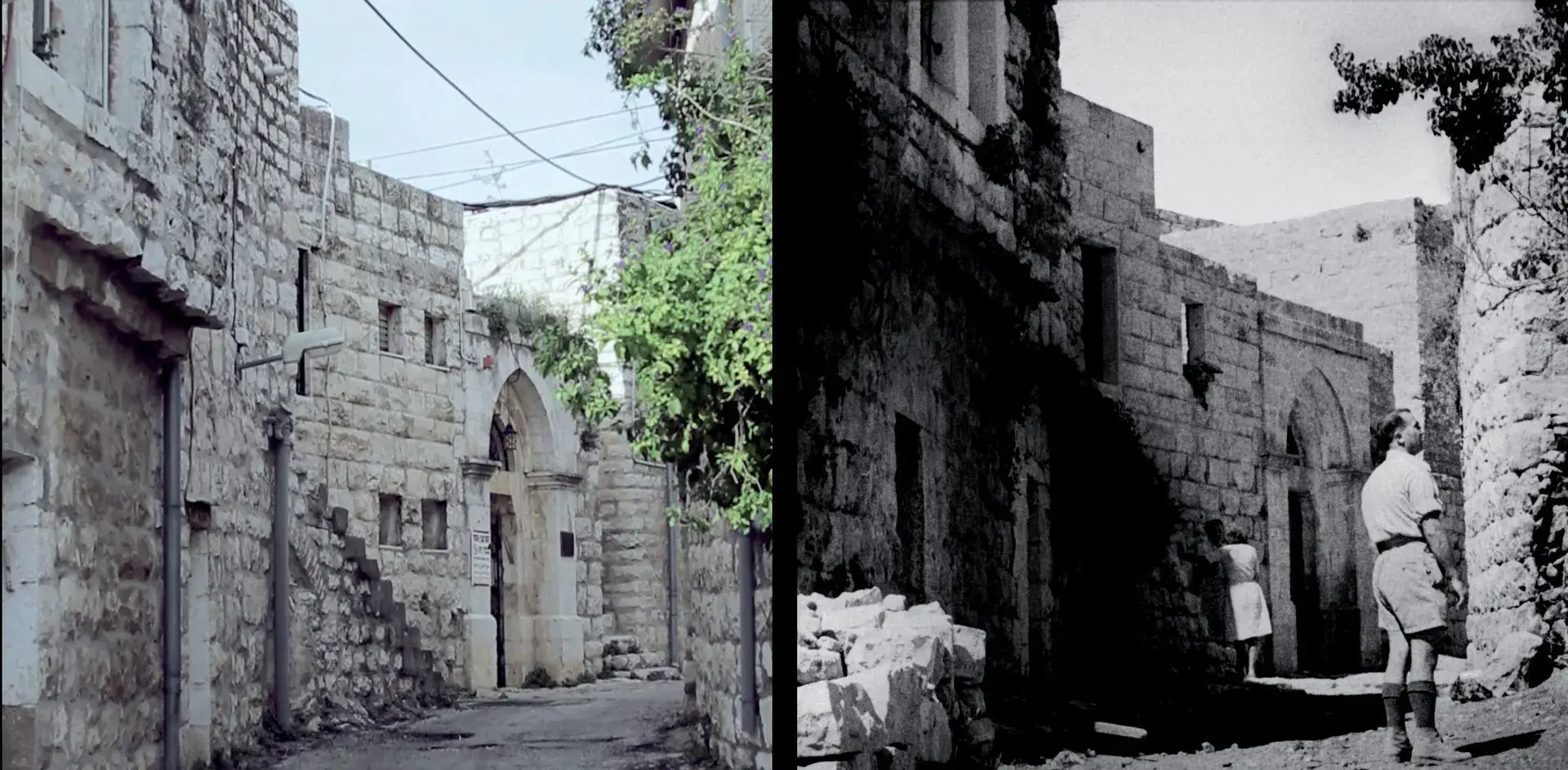
The book draws heavily from the excellent work of Benny Morris (an Israeli academic who has written by far the most comprehensive historiography of the massacre from both sides), but also conveniently doesn’t draw from the excellent work of Benny Morris where it doesn’t suit the narrative. Entire sections of testimonies from Haganah officers, including Levy, Slutzky, and Avigur are thrown from the narrative to present a warped view where all mentions of atrocities is downplayed, the number of Zionist death is exaggerated, and the author takes jibes at an Khalidi’s Arabian account of the event that Benny Morris described as “Without doubt, the fullest and most balanced account published in Arabic.”
Another Israeli academic, Itamar Radai, presents what is an excellent issue with both Israeli and Palestinian historians around the issue. Comparing Tauber’s writing with a Palestinian historical, Radai notes “that the two books illustrate vividly how difficult it is for Israeli historians, Jewish and Palestinian alike, to write today about the events of 1948 disengaged from an ideological and even ethnocentric point of view” seeing as there was a significant “chasm” of differences in both accounts.
What to expect in the future?
If the constant ‘contemporary’ Zionist revisionism would stop, there would arguably be a consensus among contemporary historians that even the right-leaning work of Benny Morris provides a balanced, evidentiary account of the actual events that took place.
Another wave of revisionism will rise again soon, fuelled by a younger generation of Zionist ‘academics’ who will pad their writing with slander and outright lies, while using the same old fictionalised pieces written by the Israeli Foreign Ministry and ZOA as a propaganda tool. In the coming years, the Zionists will also start trying to rewrite history of Israel’s current atrocities in Gaza, as summarised in my other blogs.
Want to read more? Check out my post on Menachem Begin’s terrorism career in King David Hotel bombing, or draw parallels of how Israel’s culling of Gazans is startlingly similar to Imperial UK’s culling of Indian Muslims.
Support me from $3/mo
The West kills millions of innocents and children, and then calls their corpses ‘terrorists’. Their media hides the evidence.
I’m an investigative journalist who digs out that evidence. Get exclusive interviews, podcasts, and credible reports you won’t find elsewhere.
Support independent, grassroots journalism
